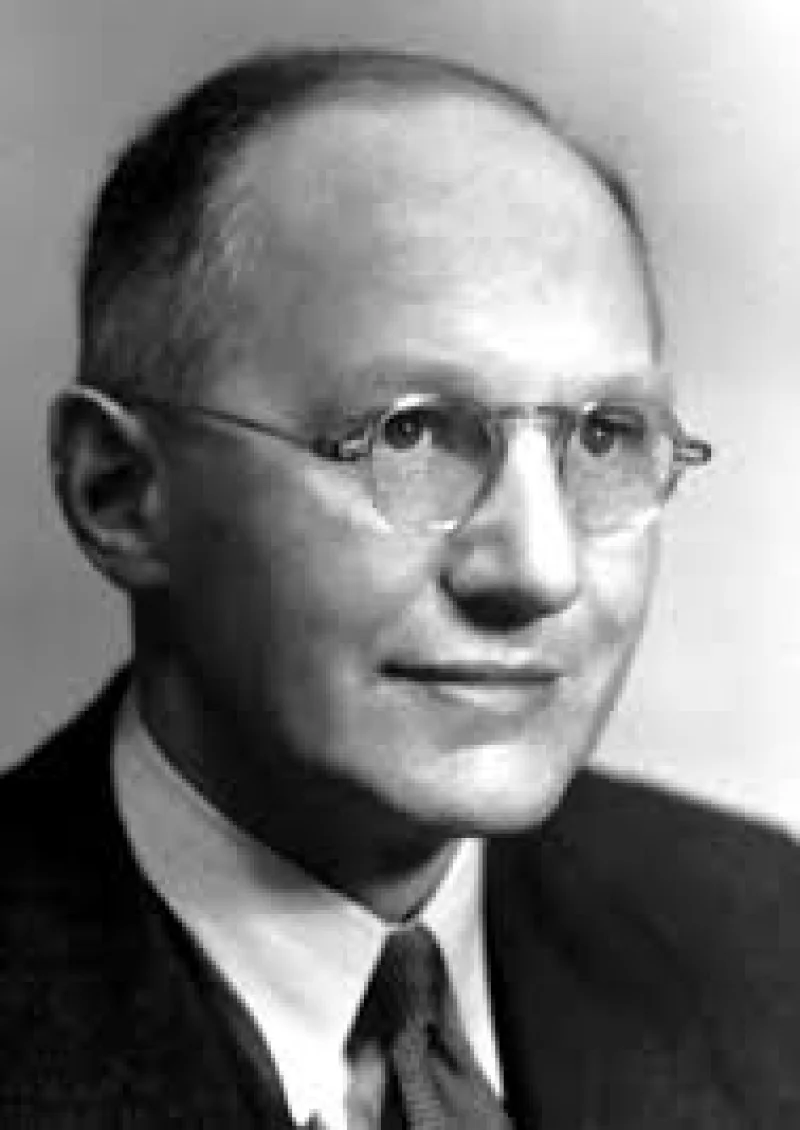Short Summary
Sheldon Lee Glashow is a distinguished American physicist renowned for his groundbreaking contributions to the field of particle physics. He is best known for his role in developing the electroweak theory, which unifies electromagnetism and the weak nuclear force. His work earned him the Nobel Prize in Physics in 1979, shared with Steven Weinberg and Abdus Salam. Glashow's theories have significantly advanced the understanding of fundamental forces in the universe.
Early Life & Education
Sheldon Lee Glashow was born on December 5, 1932, in New York City. He was raised in a family that valued education, and his father worked as a plumber. Glashow attended the Bronx High School of Science, where his passion for physics was ignited. He went on to study at Cornell University, earning a Bachelor of Arts degree in 1954. Influenced by his mentors, he pursued graduate studies at Harvard University, where he completed his Ph.D. in physics in 1959 under the guidance of Julian Schwinger, focusing on quantum field theory.
Career Highlights
After completing his Ph.D., Glashow held academic positions at various prestigious institutions, including Stanford University and the University of California, Berkeley. In 1966, he became a professor at Harvard University, where he developed much of his influential work on particle physics. His collaboration with Steven Weinberg and Abdus Salam led to the formulation of the electroweak theory, which was instrumental in the unification of two of nature's fundamental forces. Glashow's research laid the groundwork for the discovery of the W and Z bosons, crucial components of the Standard Model of particle physics.
Major Achievements
- Developed the electroweak theory, which unified the electromagnetic and weak nuclear forces.
- Received the Nobel Prize in Physics in 1979 for contributions to the theory of electroweak interactions.
- Played a significant role in the development of the Standard Model of particle physics.
Famous Quotes
- "The universe is governed by laws of physics, which are the same everywhere."
- "Science is always a collective effort."
Interesting Facts
- Glashow was classmates with future Nobel laureate Steven Weinberg at the Bronx High School of Science.
- He was a proponent of the "Grand Unified Theory," which seeks to unify all fundamental forces.
- Glashow has been an outspoken critic of pseudoscience and unfounded scientific claims.
Legacy / Influence
Glashow's work has had a profound impact on the field of particle physics, providing a critical framework for understanding the fundamental forces that govern the universe. His contributions to the electroweak theory and the Standard Model are foundational to modern physics, influencing subsequent generations of physicists and ongoing research in theoretical and experimental physics.
FAQ
Q: Why is Sheldon Lee Glashow famous?
A: He is famous for his contributions to the electroweak theory and the unification of fundamental forces.
Q: What did Glashow win the Nobel Prize for?
A: He won the Nobel Prize in Physics in 1979 for his work on the electroweak theory.
Q: Where did Glashow study physics?
A: He studied at Cornell University and Harvard University.
Q: What is the electroweak theory?
A: It's a theory that unifies electromagnetism and the weak nuclear force, part of the Standard Model of particle physics.












